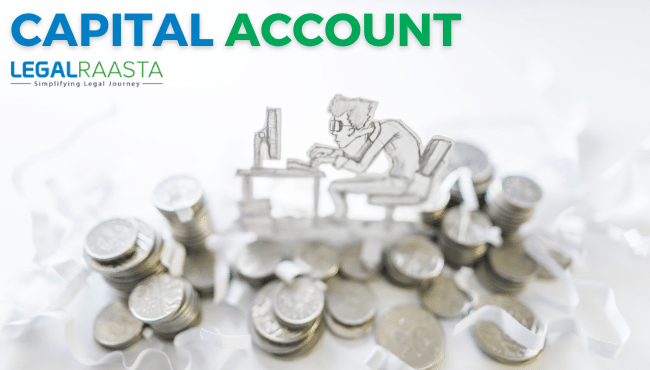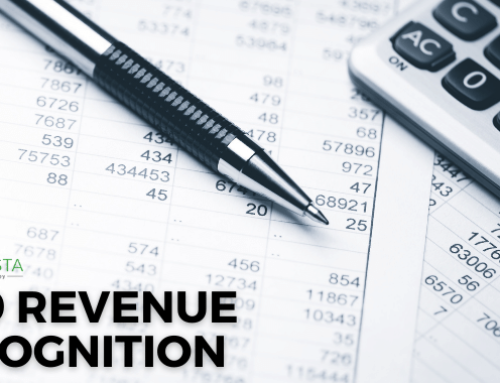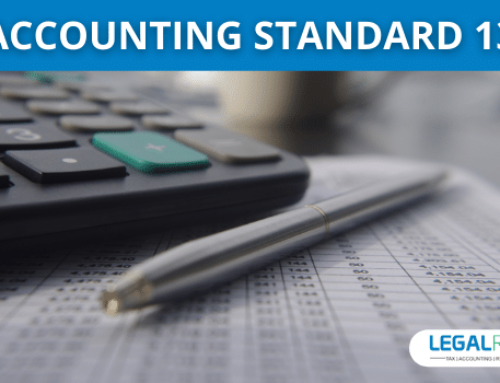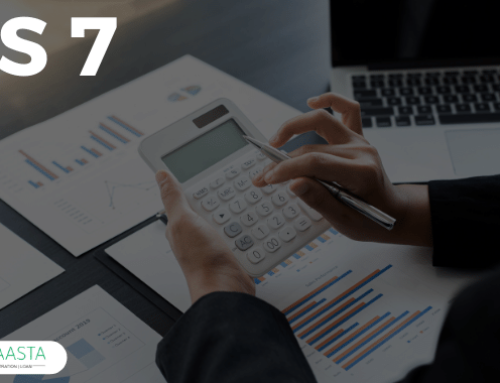Introduction
Contents
Capital means the assets and cash in a business. Capital may either be cash, hardware, receivable records, property, or houses. Capital may likewise mirror the capital acquired in a business or the assets of the proprietor in an organization. Now let us know more about Capital Account in this article.
What is the Capital Account?
The capital record is utilized to represent and quantify any monetary exchange inside a country that isn’t applying a functioning impact on that nation’s investment funds, creation, or pay. The capital record – alongside the current and monetary records – make up the nation’s equilibrium of installments, which thoroughly records and records for each monetary exchange that influences a country.
How does Capital Account work?
Each organization proprietor (with the exception of enterprises) has a capital record, which is shown as a value account on the asset report. Value is one more word for possession. This capital record for coming up next is added to or deducted from:
- Owner commitments are added to the record. This could be starting commitments when entering the organization, or subsequently as required or concurred by the proprietors.
- At the finish of the monetary year, the record is changed with the portion of the benefit or misfortune.
- Also, the record is deducted from any installments the proprietor takes for their own utilization.
Types of Capital Accounts
A sole owner possesses 100% of the business. The capital record of the owner is displayed as the proprietor’s in the organization’s accounting report.
Accomplices in an organization and restricted obligation association (LLP) organization hold capital records. At the point when they enter, the individual is making a capital obligation to the business, putting resources into the business. Accomplice portion of gains and misfortunes is determined based on their capital offer in the organization arrangement or LLP working understanding.
Investors have portions of value in an organization. They purchase shares and procure profits relying upon the number of offers they own. They do have to cast a ballot right dependent on the offers they own.
Further Analysis of the Capital Account
The Bureau of Economic Analysis (BEA) is entrusted with estimating capital record exchanges inside the United States. The exchanges are difficult to gauge, as there is no reliable verification of their reality in the standard bookkeeping reports got by the BEA. This is on the grounds that capital record exchanges happen with no consistency and are for the most part enormous in size.
On occasion, they are remembered for the BEA’s ordinary reports. At the point when they are, the BEA should then precisely represent the exchanges inside the capital record. This is done as such that the gross public item (GNP) and (GDP) reports are not influenced by them.
As referenced above, the capital record is one piece of the equilibrium of the installments framework. When a capital record exchange starts to produce any kind of pay, it should be moved to one of the other two pieces inside the framework. In the event that the exchanges create pay from the offer of labor and products, they are recorded in the current record. In the event that they create pay from ventures, they are moved to the monetary record.
Capital Account Subaccounts
There are two essential subaccounts inside the capital record:
- Capital Account
In the capital exchange subaccount, there are three segments or assignments for exchanges:
- Forgiveness of obligation – The main piece of obligation recorded is the head and any interest installments that are past due. Future interest installments are excluded from the estimation.
- Insured, calamitous misfortune – Includes inconsistent, huge protection installments made by unfamiliar insurance agencies. It is the BEA’s obligation to decide with every exchange in case it is sensible to be known as a cataclysmic misfortune.
- The third piece of the capital exchange subaccount is exceptionally explicit and manages the exchange of U.S. legislative assets by the Panama Canal Commission straightforwardly to the Panamanian Republic.
- Securing/Disposal of Non-Produced, Non-Financial Assets
- The second subaccount – securing/removal of non-delivered, non-monetary assets – measures the purchasing and selling of both unmistakable and theoretical assets.
- Unmistakable assets incorporate things like rights to regular assets, which incorporate the option to dig for minerals and valuable metals or to bore for oil at seaward boring sights.
- Elusive assets are anything of significant worth that can’t genuinely be handled, which incorporate things, for example, licensed innovation rights, brand names, licenses, and copyrights.
Importance of the Capital Account
The capital record is significant in that it makes a record of exchanges that aren’t as of now producing a pay. The essential trouble with capital records, notwithstanding, is that they’re not the most dependable approach to acquire a reasonable incentive for every individual exchange, on the grounds that many go unrecorded or become stirred up, particularly once they move to different segments of the equilibrium of installments framework.
CONCLUSION
Capital Account is what we use to calculate our profits and losses on investments and show our value as an Indian business. Indian business capital account is required to be maintained by Indian law. Indian capital account is used for Indian financial statements and Indian CPAs use it when they are preparing Indian financial statements.
You should also read this: Section 54 – Capital Gain Exemption | Section 54 vs Section 54 F






